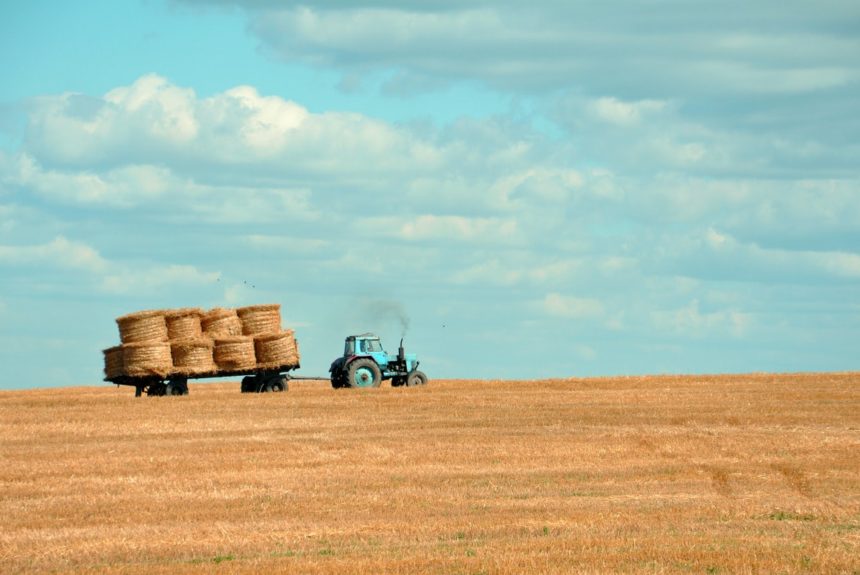Helena Bottemiller Evich and Ryan McCrimmon of POLITICO write about the Biden administration’s plans to pay farmers for carbon sequestration and the complications of enacting this strategy.

- While well-intentioned, carbon markets face practical challenges to being effective tools for carbon mitigation.
- It can prove difficult to accurately measure how much greenhouse gas is being sequestered by a plot of land.
- While Congress and the administration are taking a step in the right direction by empowering farmers and landowners voluntarily in a strategy to combat climate change, greater transparency in pricing and advancements in technology are needed to accurately determine the effectiveness of carbon markets.
“Farmers are a key piece of Biden’s overall strategy to slash greenhouse gases across the U.S. economy: American agriculture contributes about 9 percent of U.S. emissions, but in theory has the potential to more than offset its own footprint. Recent interest among farmers and buy-in from powerful food and ag industry groups are giving Biden a rare opportunity to enlist agriculture in his sweeping climate agenda. But the window for action may be limited as the new president’s political capital wanes and midterm elections draw closer.”
Read the full article here.
The views and opinions expressed are those of the author’s and do not necessarily reflect the official policy or position of C3.
